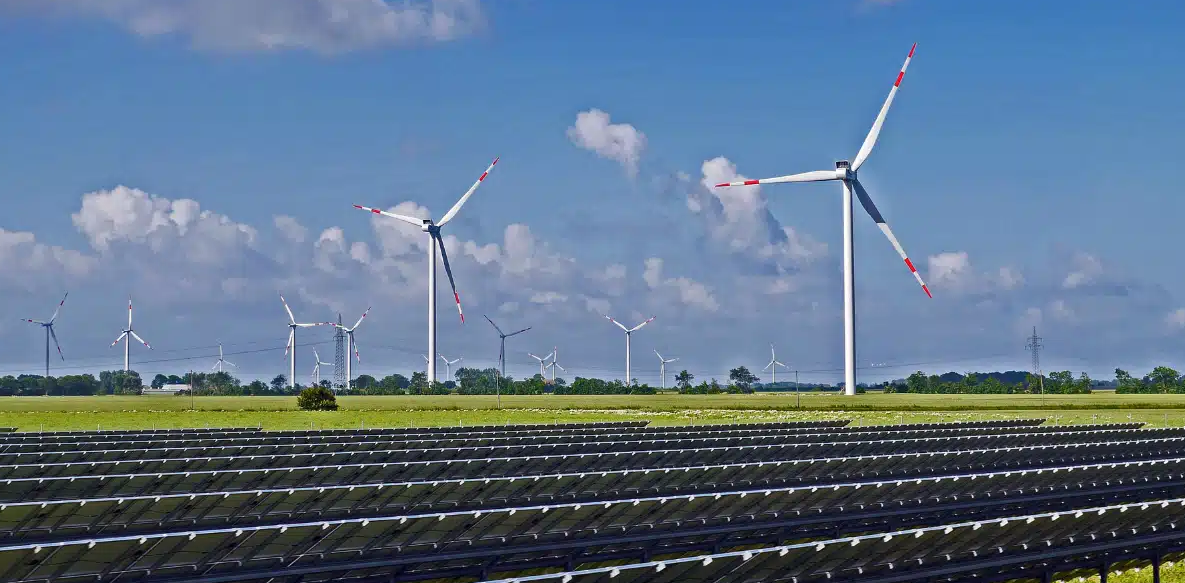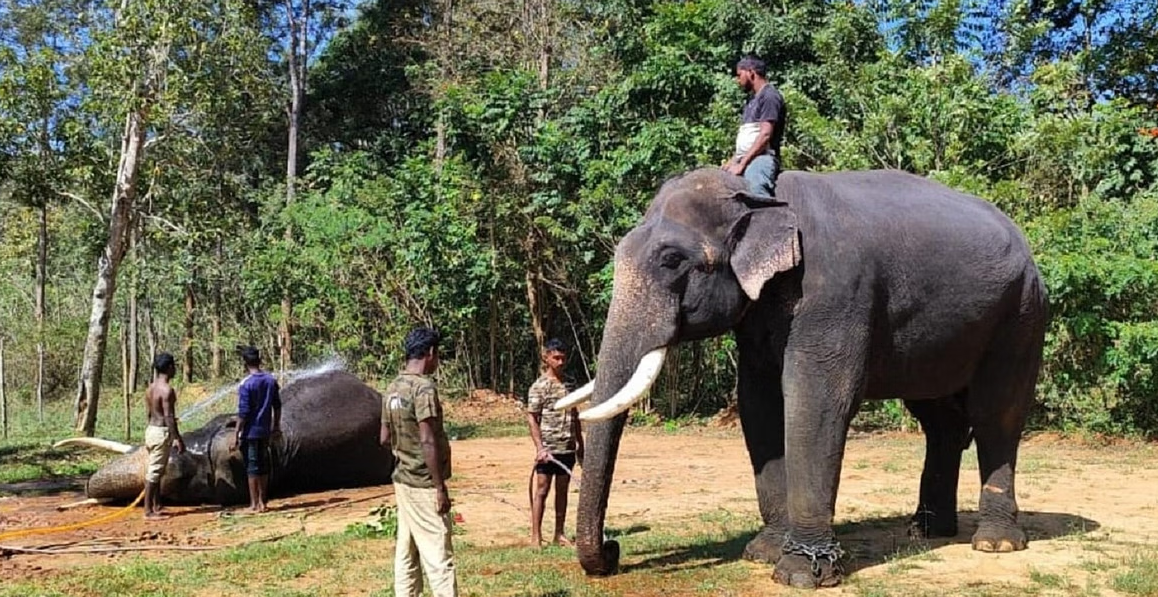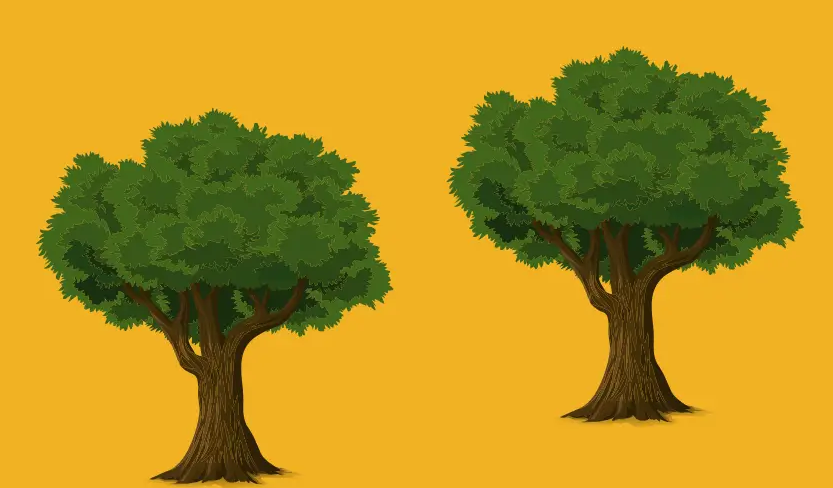
WWF collaborated with Uttarakhand Forest Department to place trap cameras inside forests that alert about wildlife crossings on forest roads for both driver protection and animal preservation. The World Wide Fund for Nature (WWF) started in 1961 to stand as a worldwide NGO dedicated to environmental protection and diminishing the actions humans have on nature. The international headquarters of WWF is located in Gland Switzerland while its operations span over 100 countries which organize more than 3000 conservation projects. Environmental protection stands as the main purpose along with sustainable living advocacy among the organization's fundamental objectives.
WWF (World Wide Fund for Nature)
Overview:
-
WWF operates as an international non-governmental organization dedicated to both nature protection and minimizing human disturbance of the environment.
-
WWF started its mission in 1961 to protect crucial environmental issues including wildlife conservation and climate change among others globally.
-
WWF directs its projects to develop a lasting future that enables human and nature coexistence in harmony.
Key Information:
-
Established: 1961
-
Founders: Sir Peter Scott, Max Nicholson, and others
-
Objective:WWF created its foundations for the purpose of supporting the International Union for Conservation of Nature (IUCN) together with global conservation initiatives through fundraising and activism.
-
Headquarters: Gland, Switzerland
Mission and Objectives:
-
WWF exists to stop environmental destruction while pushing forward the development of sustainability for the future.
-
As part of its mission WWF strives to develop sustainable conditions which allow human development and natural protection to live in harmony.
-
The organization fulfills its mission using different project-based activities that protect biodiversity as well as fight climate change while advocating sustainable strategies.
Major Functions:
-
In 100 different countries WWF manages more than 3000 conservation initiatives across the board.
-
The organization produces two core reports: it publishes the Living Planet Report as well as operates the Living Planet Index which monitors global ecosystem well-being.
-
The organization focuses on global awareness through Earth Hour initiatives that motivate all people and businesses to switch off their lights for an hour to spread awareness about environmental change. At the same time the organization implements Debt-for-Nature swaps among other programs.
Key Focus Areas:
-
WWF focuses on six core areas which serve as their main areas of environmental work:
-
Wildlife conservation
-
Forest protection
-
Ocean conservation
-
Freshwater management
-
Sustainable food systems
-
Climate change action
-
-
WWF utilizes AI tools together with sensor-based technologies that include wildlife monitoring systems combined with trap cameras to obtain data and monitor both habitat changes and wildlife movement.
Funding Sources:
-
The main sources of funding for WWF come from individual supporters who make up 65% while governments contribute 17% and corporate donors form 8% of the total amount.
Recent Developments:
-
Uttarakhand Forest Department entered a recent partnership with WWF to deploy their trap cameras into forest inner areas. The installed cameras will deliver instant alerts about wildlife activities on forest roads to inform drivers about animal movements thus preventing traffic accidents.
-
The initiative reflects WWF's dedication to employing technology as an instrument for wildlife protection together with human safety measures.
Conclusion
WWF continues its mission toward biodiversity protection which creates sustainable environments simultaneously for wildlife and human populations. WWF implemented its conservation strategies during the Uttarakhand collaboration through technological interventions which protect wildlife populations and human beings at the same time. WWF conducts ongoing global initiatives using innovative solutions to lead environmental conservation progress and foster peaceful coexistence between people and the natural environment.



 Gangotri National Park: A Gateway to Himalayan Biodiversity
Gangotri National Park: A Gateway to Himalayan Biodiversity India Achieves Historic Milestone in Renewable Energy Capacity Addition in FY 2024-25
India Achieves Historic Milestone in Renewable Energy Capacity Addition in FY 2024-25 India Launches ‘Tigers Outside Tiger Reserves’ Project to Safeguard Big Cats
India Launches ‘Tigers Outside Tiger Reserves’ Project to Safeguard Big Cats India’s Carbon Offset Plan: Driving Climate Action Through Voluntary Emission Reduction
India’s Carbon Offset Plan: Driving Climate Action Through Voluntary Emission Reduction Water Conservation and Management: A Policy Perspective
Water Conservation and Management: A Policy Perspective Rushikonda Beach Regained Blue Flag Certification
Rushikonda Beach Regained Blue Flag Certification Karnataka Forest Dept to Soft-Release Captured Elephants in Bhadra Sanctuary
Karnataka Forest Dept to Soft-Release Captured Elephants in Bhadra Sanctuary India’s Roadmap to Becoming More Disaster-Resilient Against Earthquakes
India’s Roadmap to Becoming More Disaster-Resilient Against Earthquakes International Day of Forests (IDF) 2025: Theme, Importance & Initiatives in India
International Day of Forests (IDF) 2025: Theme, Importance & Initiatives in India






